Kyoto is one of the oldest municipalities in Japan and was the seat of the emperor for 11 centuries from 794 to 1868. The capital was moved from Kyoto to Tokyo under Emperor Meiji during the Meiji Restoration period in 1869. Considered the cultural capital of Japan, Kyoto was dropped from the list of atomic bomb targets and generally spared large-scale destruction during World War II and as such much of its cultural heritage is still preserved: imperial palaces, classical Buddhist Temples, Shinto Shrines, immaculate gardens, traditional wooden houses, the Geisha district in Gion, and so much more. Kyoto is home to a staggering 17 UNESCO World Heritage Sites. There is so much to do and see in Kyoto, it was going to be a tight squeeze in the 4 days we had available.
From Miyajima it was a long travel day to Kyoto with a ferry and then three trains, there wasn’t much daylight left by the time we arrived. To make the most of what was left of the afternoon, we headed to Nijo Castle and its gardens. A UNESCO World Heritage Site, Mijo Castle was built in 1603 by the first shogun of the Edo period. There are two palaces, an inner moat, an outer moat, two remaining watchtowers, and many gardens.
The Honmaru palace is not open to the public and the Ninomaru palace is closed every Tuesday in August every year. We visited on a Tuesday and so we were not able to go into the palace, but the doors to some rooms were open onto the gardens so we could peer into some of the rooms from the outside. Even though entry into the palace buildings was not possible, we could still enjoy much of the architecture including the famous Karamon Gate and a lengthy stroll around the several very different gardens featuring ponds and rocks, mixed Japanese and Western style, and also cherry and plum orchards.
From Mijo castle we made our way to Pontocho Alley. Pontocho is a historical geisha entertainment area in Gion district and is well known for riverside dining and nightlife. The narrow paved alley lined with traditional wooden buildings and red lanterns sleeps in the day and comes to life in the evening. We enjoyed wandering up and down the alley in the late afternoon before it became too busy. Later on we found a sushi restaurant for dinner and tried some of the local craft beer.
The first stop of the day was unplanned. We were on our way to Maruyama Park when we went past an old wooden house with gnarly old trees outside and decided to venture in and have a look. The gnarly trees turned out to be 800 year old camphor trees and the house a residence for a head priest and one of the emperor’s sons. The son was studying to be a priest and the house subsequently became a temple. The temple is one of 5 Monzeki temples in Kyoto, a temple where originally the head priest was a member of the royal or imperial family. So calm and peaceful with hardly anyone there, visitors can walk through the whole house, wander through the garden, and find the small shrine way at the back. A beautiful old wooden house so well kept and looked after and an immaculate winding garden with a pond garden on one side and moss covered garden with more ancient camphor trees on the other. An unexpected but delightful stop and one of our favourites.
Kyoto. Expect the unexpected.
Shoren-in temple is right next to Chion-in Temple, another large and well known Buddhist temple, but it was already crowded even though it was still early and being a bit pressed for time decided to skip it in favour of Kiyomizu-dera Temple and continued on to Maruyama Park. Maruyama Park is the oldest park in Kyoto and the most popular for cherry blossom viewing in the spring. Next to the park is Yasaka-jinja shrine, an important Shinto shrine in Kyoto and site of the most famous festival in the country, the Gion Matsuri summer festival in July. The main hall of the shrine is around 360 years old. It must be lovely at night with the lanterns all lit up.
From the park and Yasaka-jinja, we continued on and made our way to Ishibei-koji lane. Translated as stone moat, this atmospheric small pedestrian-only street is lined with beautifully preserved traditional wooden inns, restaurants and homes. There isn’t much to see in this lane except for the old Tokyo that once was in the era of geishas and samurai. Beautiful and worth a meander.
From Ishibei-koji lane, we continued up the sloping streets of Ninenzaka and Sannenzaka with picturesque views of the 5 storey Yasaka Pagoda in the background, all that remains of the Hokan-ji Temple built in 589. Ninenzaka and Sannenzaka are two preserved and restored historical streets connecting the city's temples in Gion and Higashiyama and lead up to Kiyomizu-dera Temple. These beautiful stone paved pedestrian streets are lined with traditional Japanese style wooden buildings hosting tea shops, restaurants, gift shops, and even a Starbucks. You can also rent a kimono from several shops and enjoy the day sightseeing in traditional Japanese dress. Wandering through this area gives one a glimpse into life in Kyoto of the past, a truly different time. We walked through twice, on the way to and from the temple. At first it was quite quiet and relaxed but later on was busy and crowded. Go early to enjoy the peacefulness of this district.
Our next stop was the Kiyomizu-dera Temple. Situated on the slopes of Mount Otowa of the Higashiyama mountain range, the temple takes its name from the Otowa waterfall within the complex meaning clear or pure water. A UNESCO World Heritage site, the temple is over 1000 years old and commands impressive views over the city. Entry to the temple is through the massive 14 metre high and 10 metre wide Nio-mon Gate flanked by the Sai-mon or west gate. One of the main features of the temple is the Main Hall with its large stage supported by tall pillars. The hall stands on a steep cliff and was reconstructed in 1633 using traditional Japanese methods and not a single nail yet has withstood earthquakes and many natural disasters but has remained standing strong through the years. Views of the Main Hall can be seen from Okuno-in Hall and below visitors can catch and drink the water of the Otowa waterfall believed to make wishes come true. Definitely worth a visit if you’re in Kyoto.
From Kiyomizu-dera, we wandered back down and found lunch and matcha ice-creams on Ninenzaka and Sannenzaka streets. After lunch we wandered down Hanamikoji Street in the Gion District. Similar to Pontocho Alley also in Gion, Hanamikoji is a historic area lined with traditional merchant houses and teahouses, or ochaya, and your best chance of seeing a geisha, or geiko as they are known in Kyoto. Entertaining politicians and other VIPs in the company of geishas, tourists are not really welcome at the long standing ochaya. Some even had signs saying as much. We were there in the early afternoon when it was quiet and sadly didn’t make it back in the evening when it is more lively.
With still half an afternoon left in the day and so much of Kyoto left to see, we caught a taxi to the Higashiyama Joshi-jo temple, also called Ginkaku-ji or the Silver Pavillion. Inspired by his grandfather’s Golden Pavillion, Shogun Ashikaga Yoshimasa built his retirement villa with the intention of covering it in silver leaf. Those plans were never realised but the main building is still known as the Silver Pavillion. Yoshimasa arranged for the property to become a temple after his death and today is a zen temple under his posthumous Buddhist name, Jisho-ji. How many confusing names can one place have! One can’t enter the pavilion, but we enjoyed a walk through the wonderful and varied moss garden with ponds, islands, bridges, and various plants and trees.
Ginkaku-ji or the Silver Pavillion is also the start of the Philosopher’s Path. A two kilometre stone path between Ginkaku-ji and Nanzen-ji so named for one of Japan’s most famous philosophers Nishida Kitaro who used this route to meditate on his daily walk to the university. Lined with hundreds of cherry trees with a canal in the middle, the path is popular in spring while we enjoyed it in full leafy green. There are lots of smaller shrines and small cafes along the way. We were there near the end of the day and most were packing up for the day. We passed a small family run cafe and the son approached us eager to engage us in a conversation, not to turn us into patrons but rather just to practise his English. At another cafe, the man proudly told us all the goods are freshly baked daily by his wife. Further down the path we saw a woman hand feeding several stray neighbourhood cats. A wholesome walk and very quiet and pleasant in the late afternoon.
At the end of the path is Nanzen-ji temple. It was too late in the day to go into this zen Buddhist temple which was a shame, but we enjoyed it from the outside and its massive Sanmon Gate.
And that’s a wrap of Day 2 in Kyoto! Bring your stair climbing legs for Day 3 too!
Stair legs ready? Let’s go!
Day 3 in Kyoto started at Fushimi Inari Shrine. Inari is the Shinto deity of rice and sake but also widely worshipped as the patron of business. There are as many as 32 000 Inari shrines in Japan but this is the head shrine and all the others are affiliated. Fushimi Inari Shrine is situated on Mt Irani or Inariyama, the most southern of the 36 peaks of the Higashiyama mountain range. The whole mountain is considered sacred and belongs to the shrine grounds. Fushimi Inari Shrine is famous for its 10 000 red Torii gates which straddle a network of trails into the forest and up the mountain behind the main shrine buildings. Torii gates became used as an offering at the start of the Edo period and symbolise acknowledgement of the prayers from people to the Shinto deity. Many companies and even individuals have donated Torii gates here, the name and date of the donor is visible on each gate. Some of the gates were looking a bit rickety and it was good to see repair works underway at many places along the trails. Special white foxes are said to be messengers of Inari and as such there are many fox statues around the grounds.
We braved and tackled the 12 000 stairs to the top of the mountain for great views over the city. The path up was a bit confusing, top tip: take a photo of the map at the bottom near the shrine lol. The whole complex was really crowded and busy but thinned out as we made it higher up. We must have found a back path on the way down because it was so quiet and peaceful, a really lovely walk in the forest. There were many smaller shrines along the way with lots of smaller Torii gates and little foxes. These smaller shrines felt a part of the mountain, not in any buildings, and were so peaceful, especially the ones with a small brook running nearby. A great morning all round and worth a visit and the initial crowds.
After what had become a staple noodle lunch, we headed to Shimogamo Shrine. Considered a pair, Shimogamo and Kamigamo Shrines are also known as the Kamo shrines and both are UNESCO World Heritage Sites. Shimoagmo dates from the 6th century and is believed to be about 100 years older than Kamigamo. They are two of the oldest and most important Shinto shrines in Kyoto. Both shrines are on the banks of the Kamo River in the northeast of the city. They were built here to prevent demons entering the city from the traditional belief that the north-east corner brought misfortune. The deities of these shrines are also associated with thunder. Shimogamo is surrounded by forest and we enjoyed the greenery and being near the river. We enjoyed the two-story gate and Taikobashi bridge.
A lot of the temples and shrines have smaller shrines on the same site. Shimogamo Shrine also has shrines dedicated to the 12 Chinese Zodiac signs and as we were leaving the grounds we saw a shrine dedicated to rugby! With the Rugby World Cup starting soon after, this was sure to be a busy place for Japanese rugby fans.
From Shimaogamo Shrine, we headed to the Imperial Palace. The buildings are closed but the grounds are open to the public. We enjoyed a wander around the palace grounds and buildings including the ceremonies hall with one cherry tree and one orange tree on either side of the building.
Our time in Japan was very full with lots to do and see. But there was time for chilling also. There was the occasional slower start to the day and most days had a Starbucks coffee date. This day’s Starbucks date was in the late afternoon on the banks of the Kamo river near Pontocho Alley. A great spot to just chill for a bit.
On our fourth and final day in Kyoto, we started at the Arashiyama Bamboo Forest. It was really busy already at the bamboo forest even though we were quite early, and the ‘forest’ was much smaller than we expected. The super tall natural bamboo was very special though. We didn’t stay long but wandered through the Arashiyama Park Kameyama Area along the banks of the Katsura River instead. We walked right up to and over the wooden Togetsukyo or moon crossing bridge
On the way to Arashiyama, we missed our train station and went one stop further by accident and discovered the beautiful Hozu Gorge. Since it was still early, had time and train passes, we got back on the train and took the same train to the end of the line all the way through the gorge for beautiful mountain and river scenery. Sometimes you have to slow down and enjoy the unexpected and surprising moments.
With half a day to wrap up the sights of Kyoto, we headed north-west to the Kinkaku-ji Temple or Golden Pavillion. A bit of effort requiring a train, a local bus, and a walk up a steep hill, UNESCO World Heritage Site Kinkaku-ji was the retirement villa of the shogun Ashikaga Yoshimitsu (1358-1408) and became a Zen temple after his death. The pavillion has three tiers with the top two floors covered in gold leaf. It’s an impressive site and even more so in the aptly placed reflection pool in front of it. It burnt down a few times over the years, most recently in 1950, and the current structure dates from 1955. The grounds are large with other buildings and shrines set amongst a typical Japanese strolling garden.
After a much spicier than intended noodle lunch, we walked on to Ryoan-ji Temple, a UNESCO World Heritage Site and home to Japan’s most famous rock garden. This Zen temple was established in 1450 but the date and designer of the rock garden is a mystery. The ‘garden’ is just 25 m by 10 m with only white gravel pebbles and 15 stones of various sizes arranged in groups. The only plant life is some moss around the stones. The arrangement of the rocks is open to interpretation. Some suggestions are a tiger family crossing a river, mountain peaks, or just an abstract composition of natural objects in a space. Visitors are invited to ponder the meaning for themselves. The garden is meant to be viewed seated on the veranda of the ojo (the head priest’s residence) and is designed so that not all the rocks can be seen from any view point. The earthen wall surrounding the garden is also special, it is made of clay mixed with rapeseed oil and has withstood the test of time. Most of the buildings of this temple were open and it was lovely to wander through and between the various rooms and the garden.
Spicy noodles with and without beef
Kyoto that’s a wrap!
See you next time for part 3 of our Japan adventures!



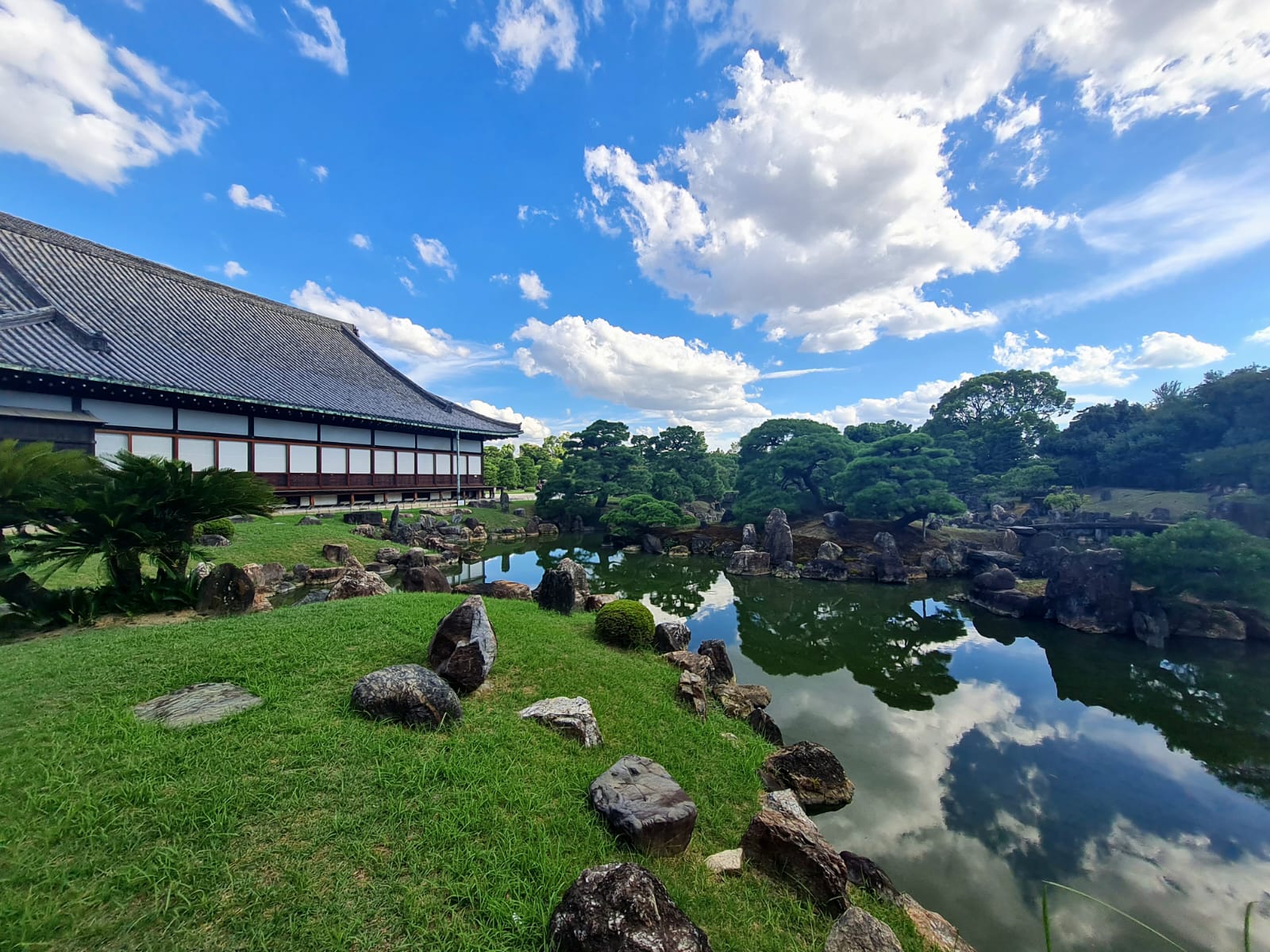




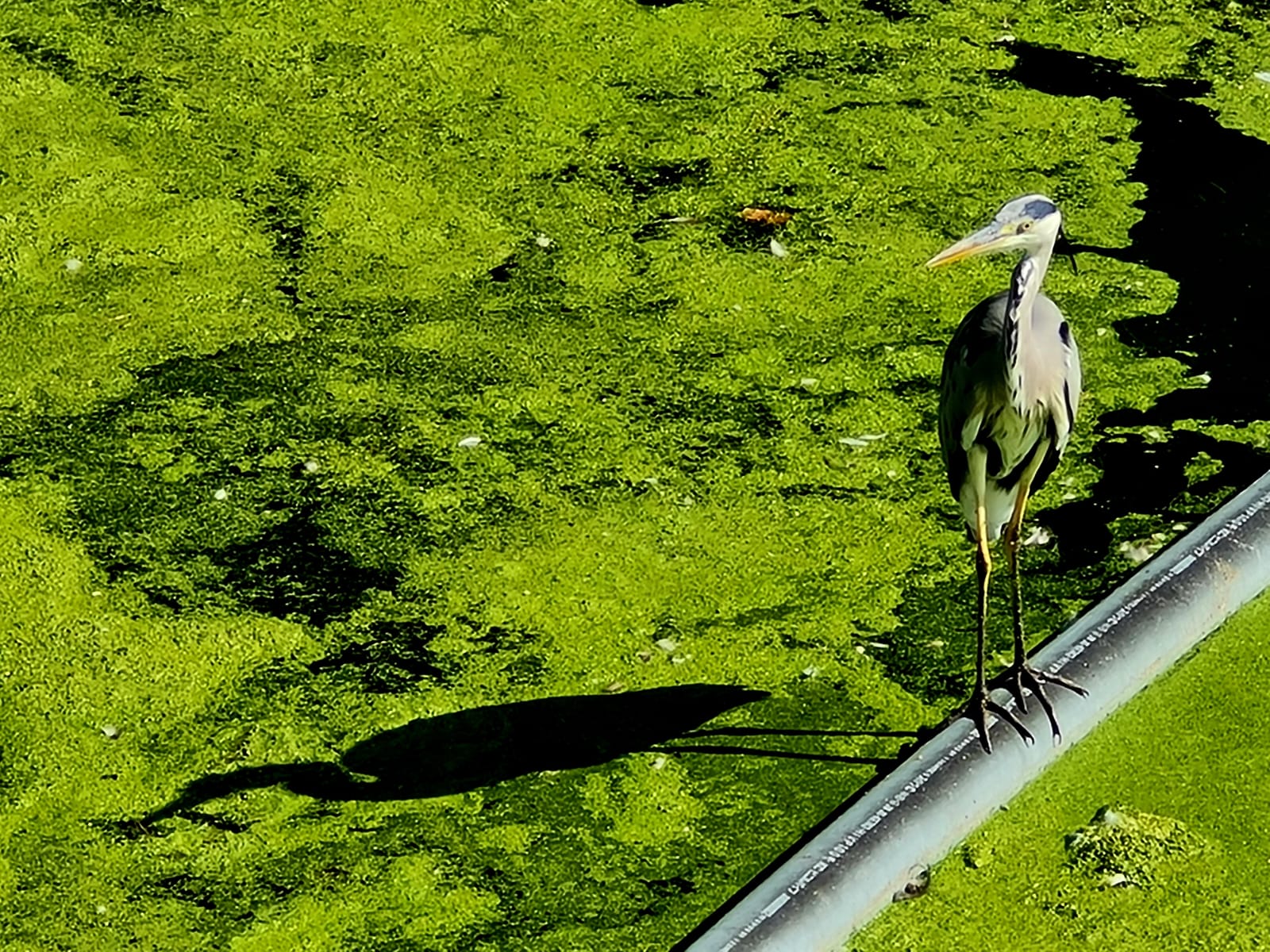

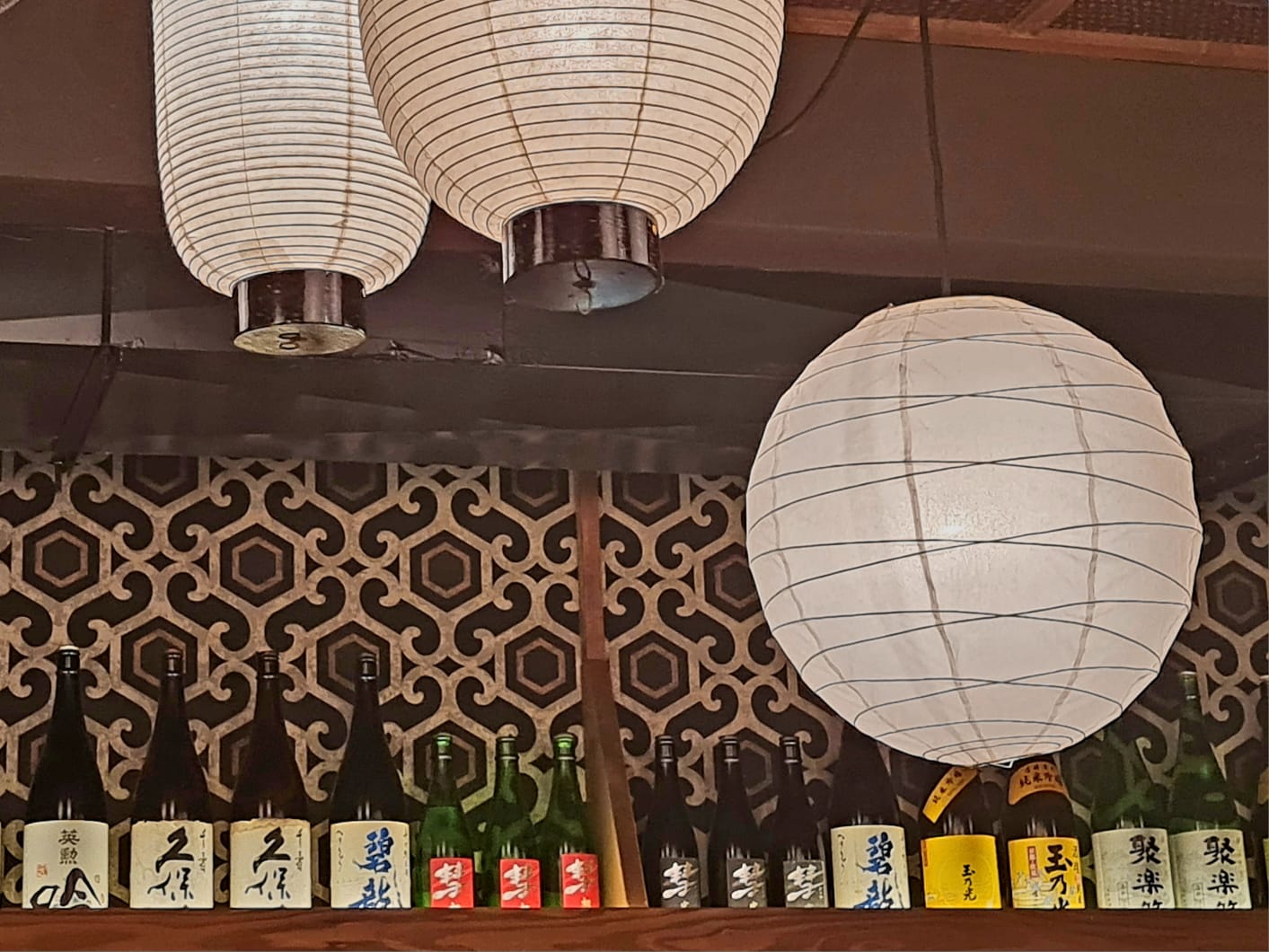









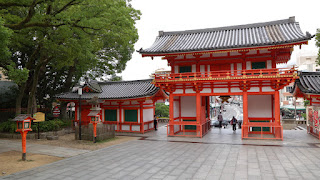








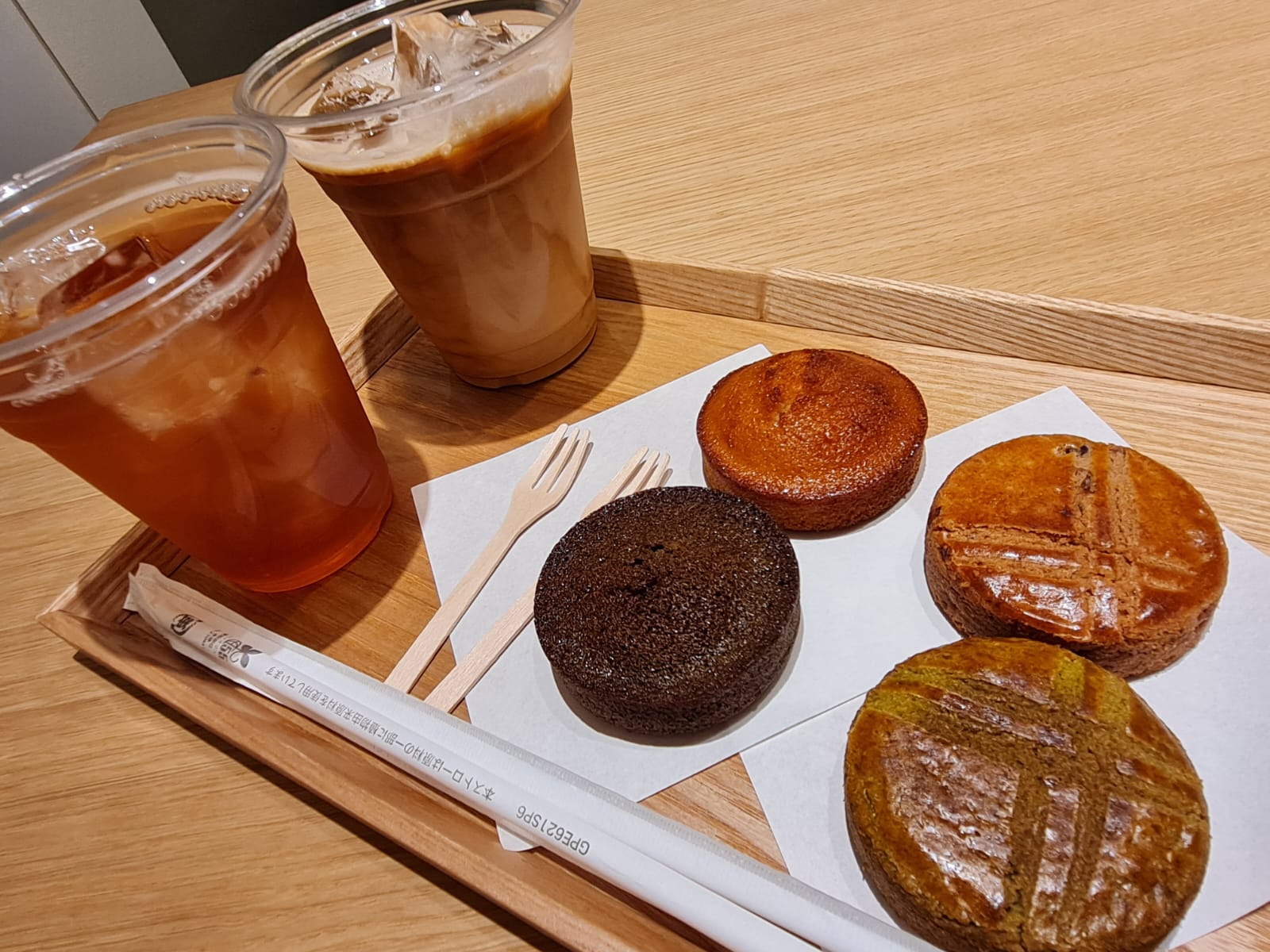















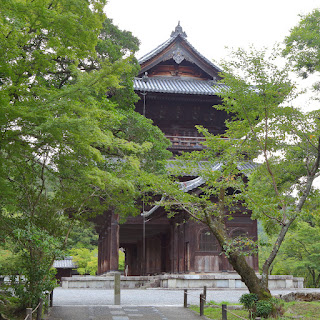


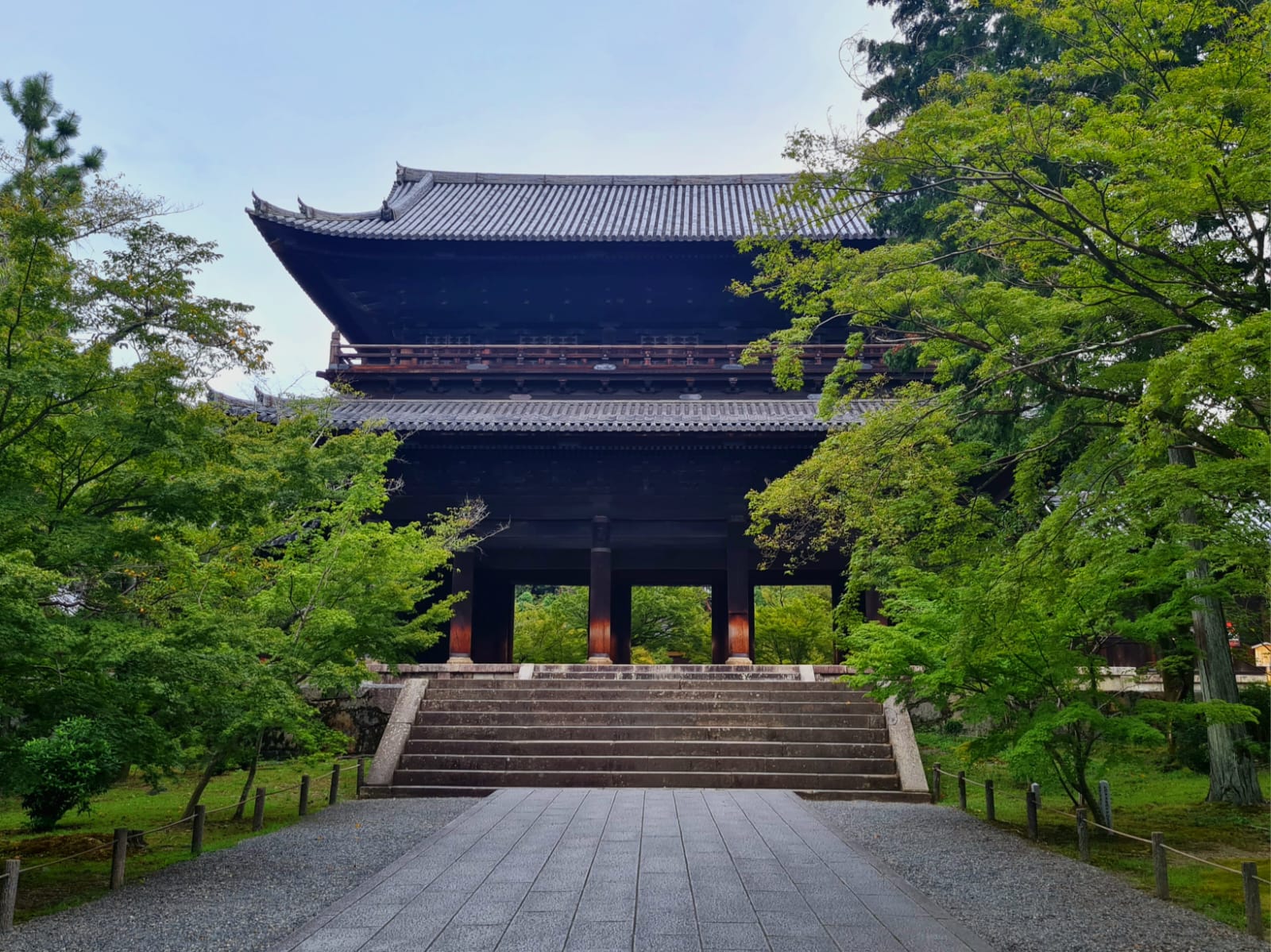



















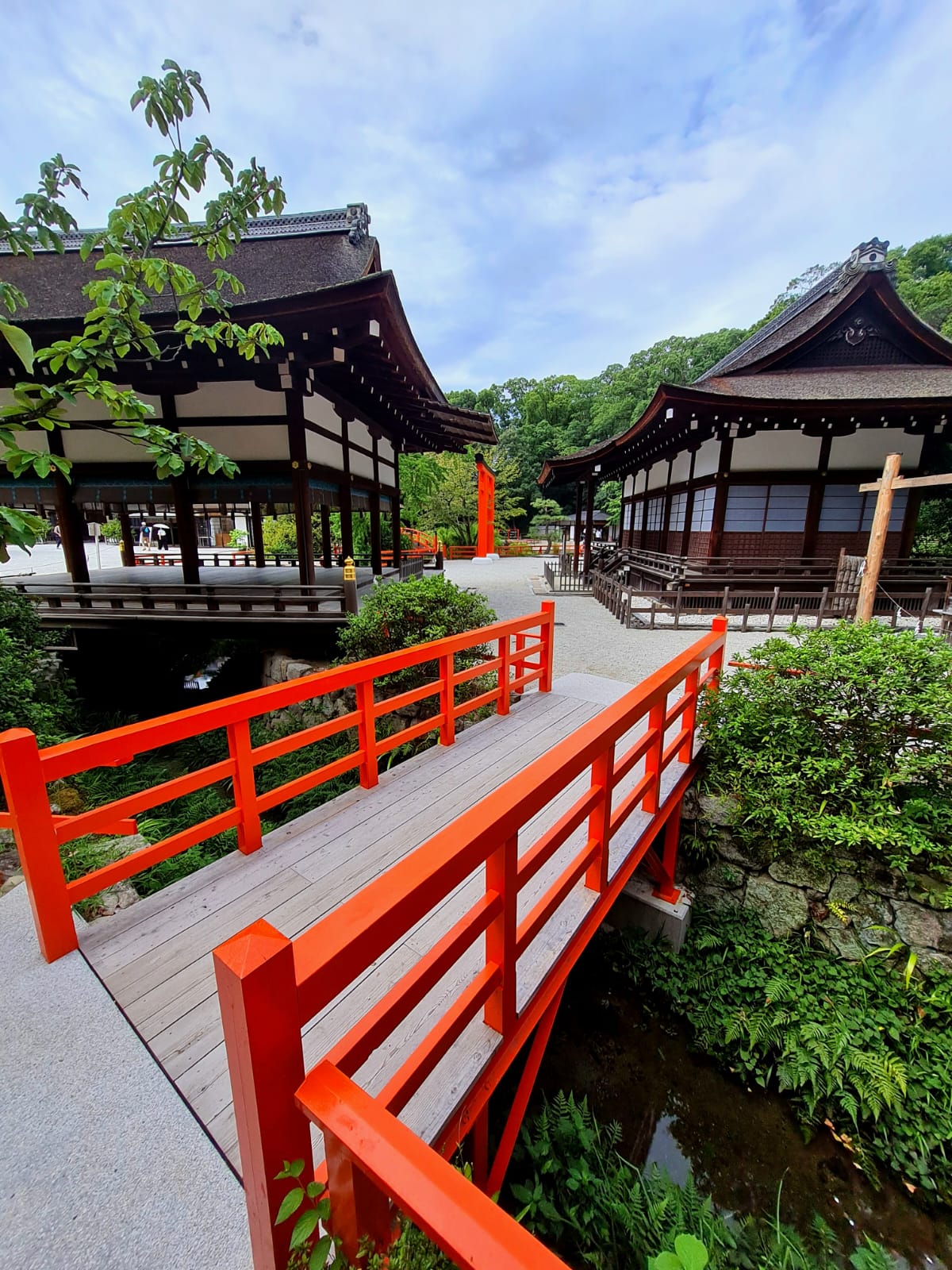




























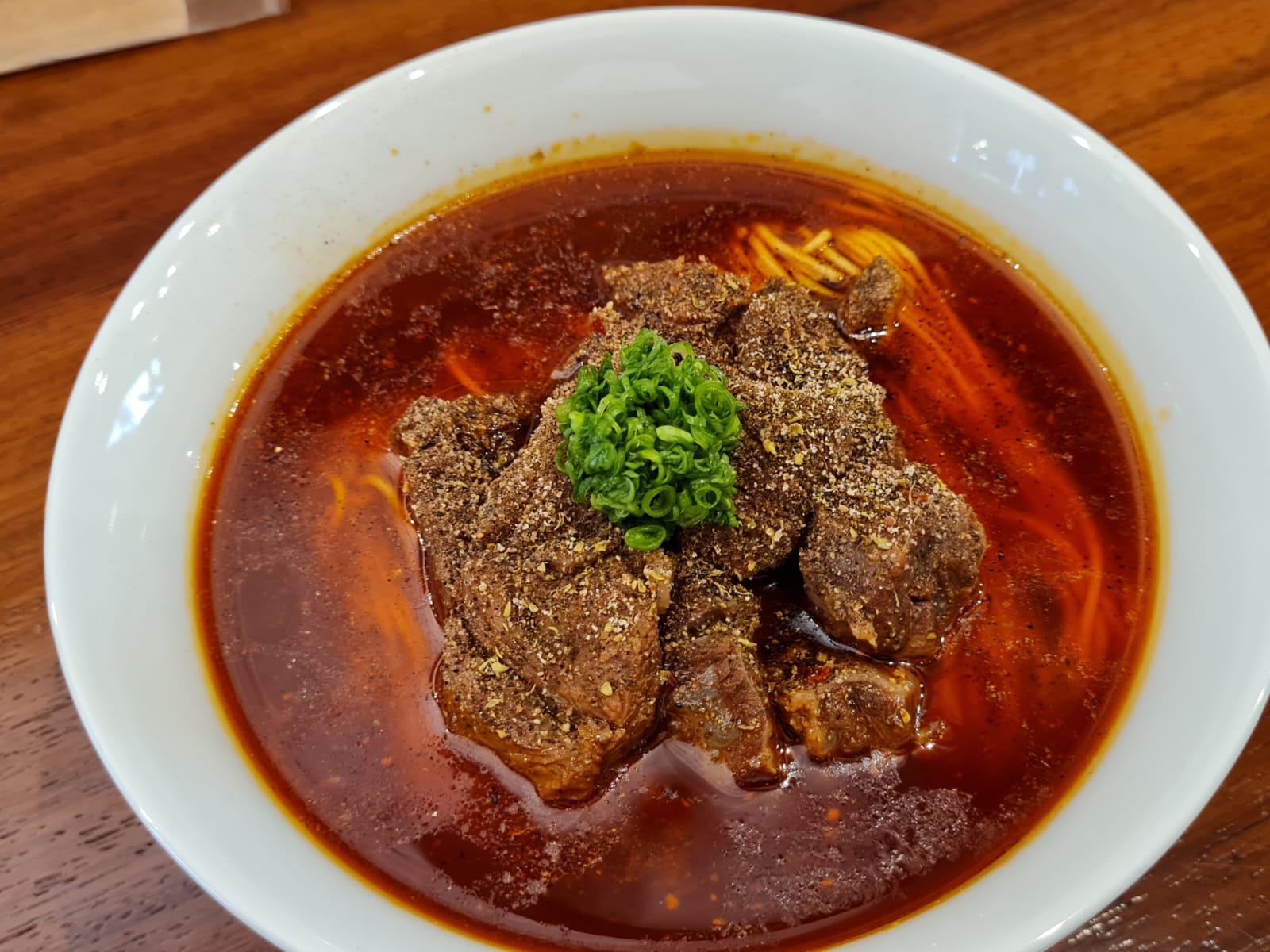
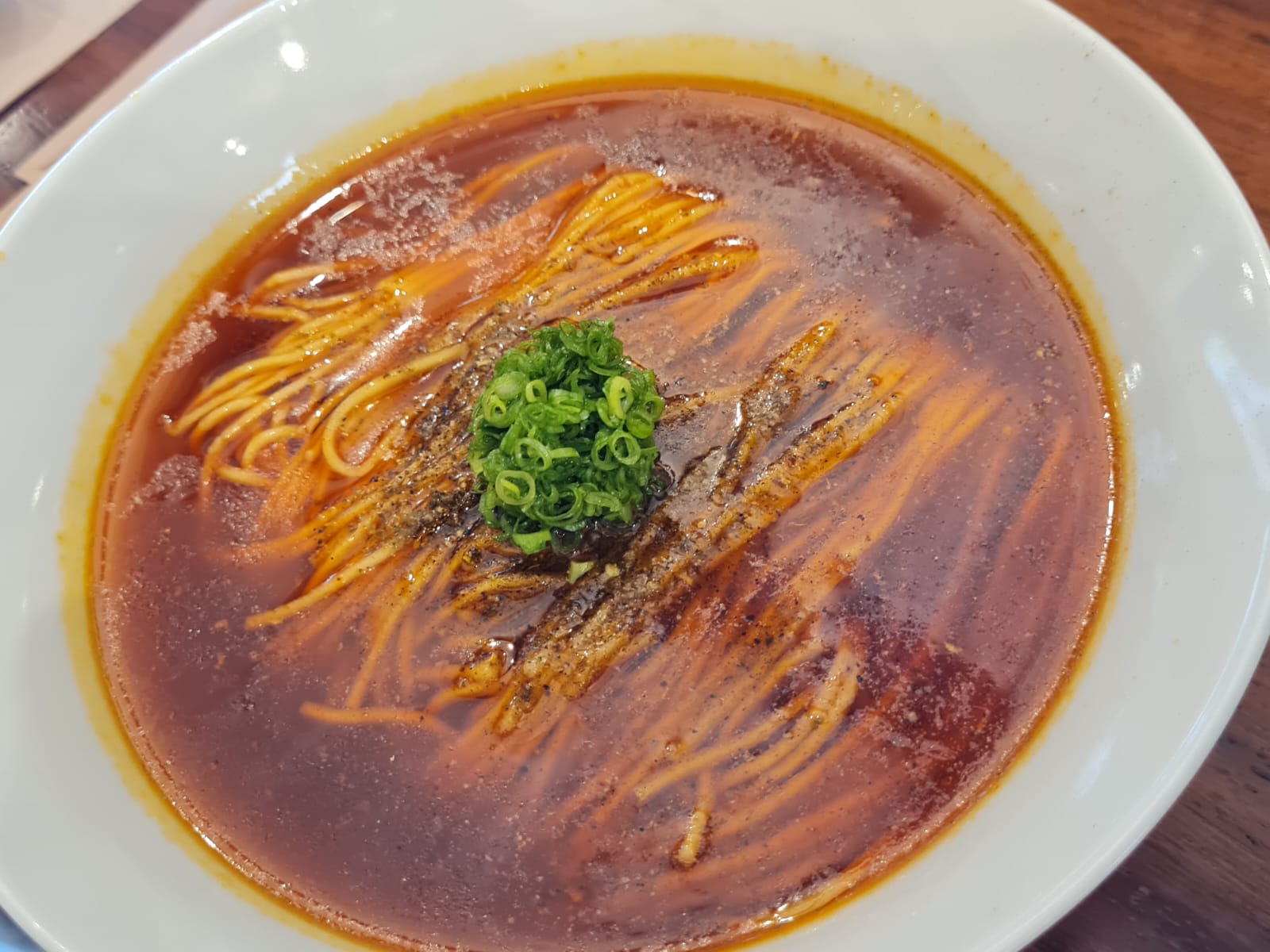

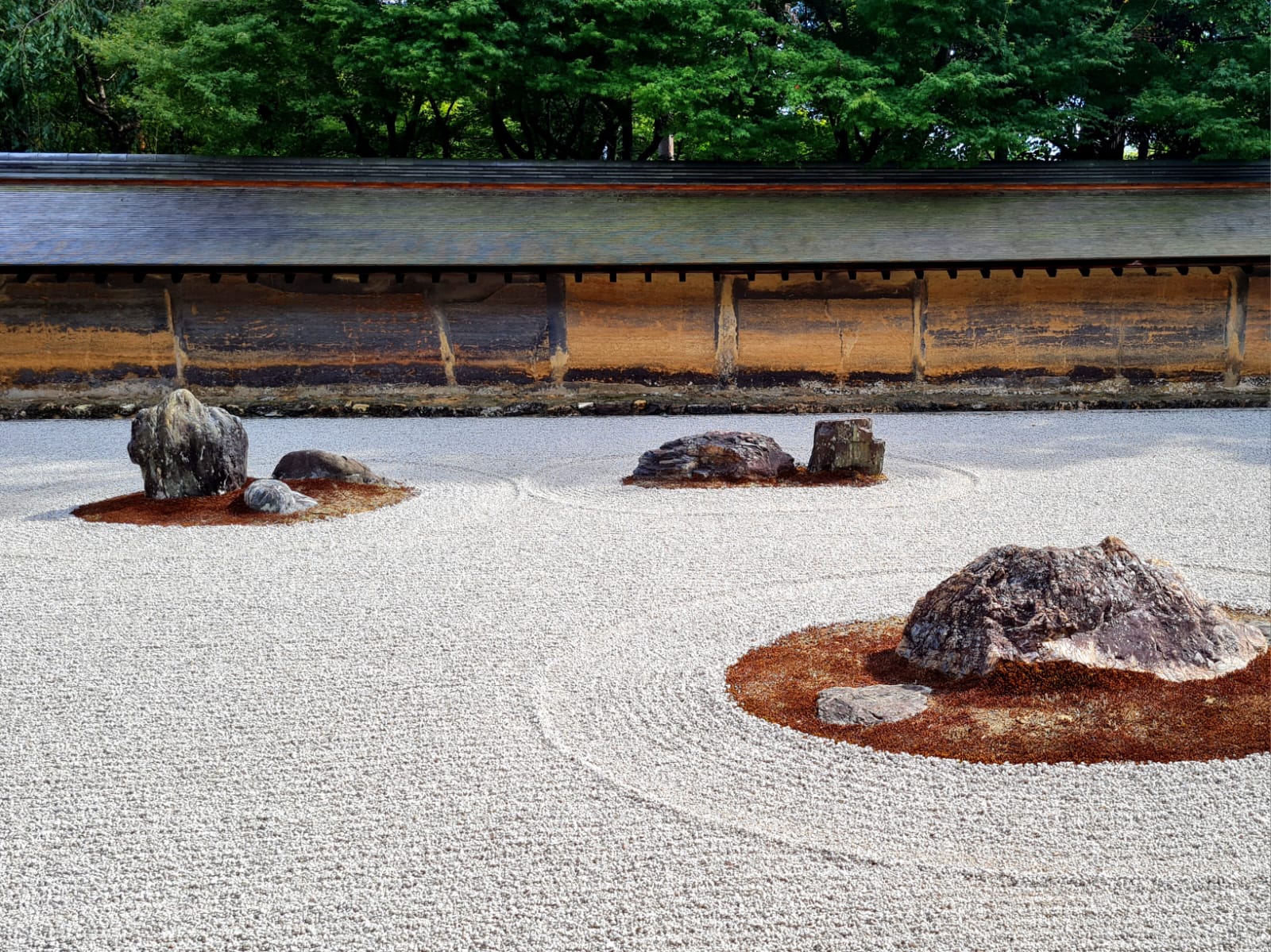





No comments:
Post a Comment